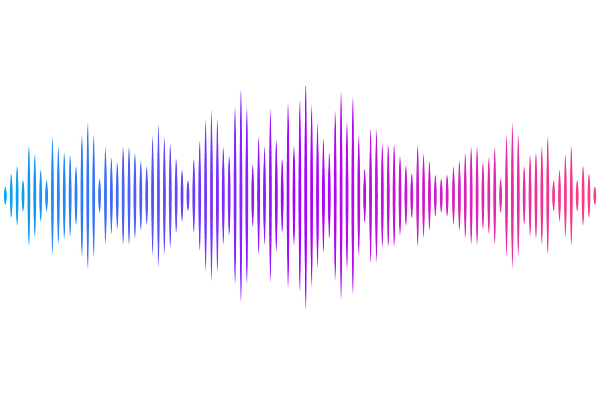The promise of deep-stacking for neutrino astronomy

The promise of deep-stacking for neutrino astronomy
Marek Kowalski, Markus Ackermann, Imre Bartos
AbstractThe detection of high-energy astrophysical neutrinos by IceCube has opened new windows for neutrino astronomy, but their sources remains largely unresolved. We study a methodology to address this - deep-stacking - that exploits correlations between observed neutrinos and comprehensive catalogs of potential source populations, including faint, high-redshift sources. By stacking signals from numerous weak sources and optimizing source weighting, significant gains in sensitivity can be achieved, particularly in the low-background regime where individual high-energy neutrinos dominate. We provide a semi-analytic framework to estimate sensitivity improvements for populations of sources under various background scenarios and redshift evolutions. Our analysis demonstrates that deep-stacking can increase detection sensitivity by a factor of 3 to 5, enabling detailed population studies. Furthermore, we discuss the potential to resolve the diffuse neutrino flux and investigate the redshift evolution of source populations. This approach offers a direct path toward identifying the primary sites of cosmic-ray acceleration and the mechanisms responsible for high-energy neutrino production.